Mung Beans Benefits: 7 Essential Health Boosts
It’s time to reap the maximum benefits of these protein-packed legumes.
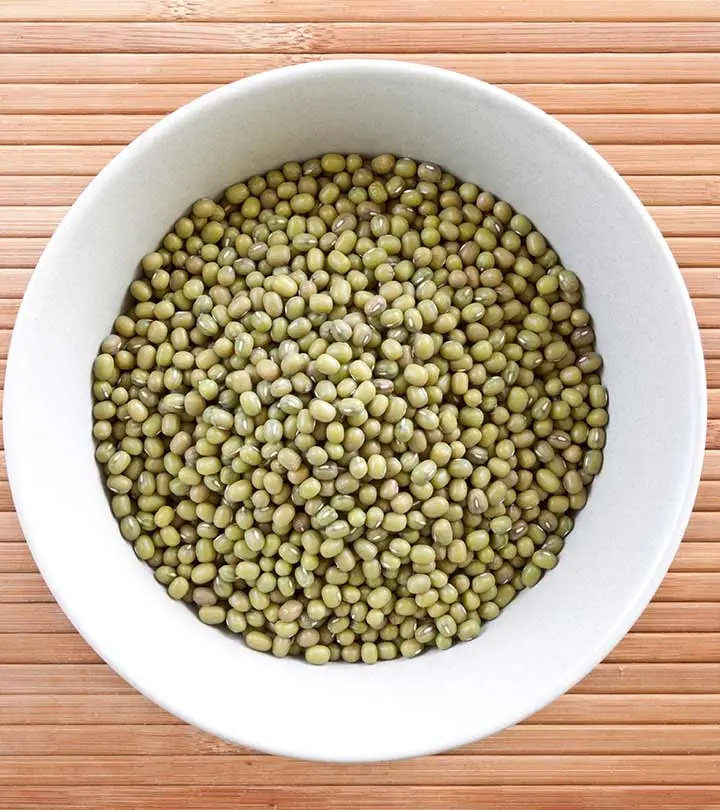
Image: iStock
Many of the benefits of mung beans or green gram are attributed to its impressive nutritional profile. These beans are rich in antioxidants, phenolic acids, flavonoids, essential minerals, and fiber. They can help manage diabetes and high blood pressure. Mung beans have been a staple in Asian cuisine for centuries. They are known for their versatility in both savory and sweet dishes and health benefits.
This article digs deeper into mung beans, their nutritional facts, their benefits, potential side effects, and more. Keep reading to know more!
 Know Your Ingredient: Mung Beans
Know Your Ingredient: Mung BeansWhat Is It?
Small olive-green legumes cultivated in East, Southeast, and South Asia.
What Are Its Benefits?
May help maintain cholesterol levels, boost heart health, and reduce the risk of heat stroke.
Who Can Consume It?
Since mung beans are packed with vitamins and minerals, they are safe for everyone.
How Often?
You should consume at least 1 cup of mung beans or other legumes every day.
Caution
Pregnant women, children, and those with a weakened immune system should avoid raw mung bean sprouts.
In This Article
More About Mung Beans
Mung beans (Vigna radiata) are small olive-green beans from the family of legumes/beans (Leguminosae). This crop is native to the warm lands of India. These beans are also popularly known as green gram or golden gram and are grown as a food and animal forage crop (1), (2).
Mung beans and their sprouts are widely used in fresh salads in India, China, Bangladesh, South East Asia, and western countries. The credit goes to their balanced nutritional profile.
Talking about mung bean’s nutrition value, these beans are high in proteins, carbohydrates, dietary fiber, and active biochemicals. They are the best sources of amino acids, plant starches, and enzymes (1), (2).
Thus, eating them is known to ease digestion, especially in the summers. The antioxidant activity of mung beans plays a vital role in dealing with infections, inflammation, and chemical stress in your body (1), (2).
 Trivia
TriviaWant to know more about the benefits of these little legumes? Check out the next section!
Key Takeaways
- Mung bean can aid weight management because it is low in calories and fat.
- It is beneficial for intestinal health and perhaps lowering cholesterol.
- It has high nutritional value and can increase energy levels, skin and heart health, and skin elasticity.
- It has anti-inflammatory properties and aids detoxification.
7 Benefits Of Mung Beans
With their high protein and antioxidant quotient, mung beans may aid in fighting diabetes and heart diseases. They can prevent heat strokes and fever as well. Studies also show the anticancer properties of these legumes.
1. Possess Antioxidant Activity
The proteins and polyphenols in the seeds, sprouts, and hulls of mung beans show potential antioxidant activity. They can scavenge free radicals – like peroxide and superoxide ions – in your body (1).
Vitexin and isovitexin are the major antioxidant components found in mung beans. Mung beans have the highest antioxidant effect when sprouting. The antioxidant activity of mung beans is said to be about 195% of vitamin C (100 g of mung beans = 1462 mg of vitamin C) (1).
Above all, mung bean extracts possess significantly higher antioxidant activity than soybean extracts. Therefore, they have the potential to prevent several chronic disorders (like cancer) induced by free radical accumulation (1).
2. May Prevent Heat Stroke

Heatstroke is characterized by dehydration and irritability. This could be a result of inadequate fluid intake and excessive loss of water/fluids through sweat. Another critical development during summers is the build-up of reactive oxygen species (ROS) in your body (3).
This happens because the summer heat demands a high metabolic rate to meet the needs of your body and maximize energy yield. These events, ultimately, lead to a chemical imbalance (3).
Mung flavonoids, including vitexin, eliminate chemical stress and reduce the levels of inflammation. This is why the Chinese commonly drink mung bean soup during summers (1), (3).
A 2011 study published in PLoS One found that flavonoids in mung beans, particularly vitexin and isovitexin, found mainly in the seed coat, have strong antioxidant effects that help protect against heat stress. In experiments with rats, mung bean coat extract reduced markers of oxidative damage and improved antioxidant levels after heat exposure. These findings support the traditional use of mung bean soup in Asia for cooling and show that it may offer more benefits than hydration alone by actively reducing oxidative stress (3).
3. May Maintain Cholesterol Levels And Heart Health

The proteins in germinating legumes help in controlling lipidi A large group of molecules that occur naturally. It includes fats, sterols, waxes, and diglycerides. metabolism. Mung bean sprouts and germinating seeds are packed with such proteins. These legumes reduce the total cholesterol and LDL (bad) cholesterol levels in your system (4).
Cooked and whole mung beans also showed similar lipid-lowering effects. They prevent lipid deposition/accumulation in the liver, heart, and blood vessels. The antioxidant effect blocks the free radicals from acting on accumulated cholesterol in these organs (4).
A 2018 study in Nutrients revealed that both cooked and germinated mung beans effectively lowered cholesterol levels and protected the liver in hamsters that were fed a high-fat, high-cholesterol diet. Compared to the control group given casein, the groups that consumed mung beans lower total and non-HDL cholesterol, increased fecal cholesterol excretion, and reduced liver enzyme levels, showing improved liver function. Notably, germinated mung beans showed even greater benefits, including less fat buildup and healthier liver tissue. This suggests that mung beans, especially when germinated, may support heart and liver health (4).
Thus, mung beans may protect you from cardiovascular diseases (like atherosclerosis). Moreover, one cup of raw, sprouted mung beans has about 155 mg of potassium. That is why about 600 mg/kg of mung peptides could reduce systolic blood pressure in animal subjects. This study demonstrates how mung beans regulate hypertension and preserve heart health (1), (4).
4. May Promote Digestion And Gut Health

Mung beans contain good amounts of insoluble fiber, proteins, and complex carbohydrates. These nutrients boost the growth of ‘good’ bacteria in your gut. Studies have reported an increase in the count of Bacteroidetes – a class of bacteria that prevent obesity (5), (6).
Moreover, mung beans cause less bloating and are easy to digest. Therefore, they are great for children. You can use these beans to prepare a food supplement for weaning infants as they are high on nutrition and allergen-free (5).
However, these beans also contain anti-nutrients like phytic acid that interfere in the absorption of minerals and other nutrients. Eating cooked or sprouted mung beans may solve this problem (5).
5. May Help In Managing Diabetes

Due to their low glycemic index, mung beans are one of the most recommended foods for people with diabetes and are considered safe for people with high blood sugar levels. They are composed of complex carbohydrates and fiber that take longer to digest and also provide satiety and fullness. This means eating these gluten-free beans will not cause sudden spikes in your blood glucose levels.
A 2012 study published in the Journal of Biomedicine and Biotechnology found that fermented mung bean extract effectively lowered blood sugar in diabetic mice without impacting the blood sugar of the normal mice. It also reduced cholesterol, triglycerides, and LDL levels while boosting insulin and antioxidant activity. The fermentation process using Mardi Rhizopus sp. enhanced the effectiveness, likely due to higher GABA and amino acid levels. This suggests fermented mung bean may help manage high blood sugar and support overall metabolic health (7).
Clinical trials have established that mung bean extracts enhance glucose tolerance and insulin sensitivity in subjects. They may also trigger the regeneration of insulin-producing cells (ß-cells) in the pancreas (7), (8).
The active molecules suppressed the inflammation of the pancreas and other vital organs in these patients. Moreover, the antioxidants in mung beans eliminate free radicals that worsen such inflammatory diseases (7).
Trivia Time!
- Mung beans may have anti-obesity effects as they can regulate lipid production and fat accumulation in your body (9). Hence, they may aid in weight loss.
- Mung bean extracts also tone down inflammation, which may induce obesity in some cases. However, there is no consistency in such reports (9).
- Since they are rich in folatei A B vitamin that helps form DNA and RNA and is responsible for protein metabolism. It is also known as folacin. , potassium, iron, and other necessary micronutrients, pregnant and nursing women may enjoy mung beans. However, several studies advise against it (10).
- If not cleaned well, mung bean sprouts may develop fungal and bacterial growth. The presence of anti-nutrients could be another reason to avoid these beans during such sensitive phases (10). Storing mung sprouts in a warm, moist environment may induce fungal growth. Hence, they need to be either steamed or kept in the refrigerator in an airtight container.
- These legumes regulate cholesterol metabolism and accumulation, particularly in your liver. Mung bean phytochemicals can prevent fibrosis and liver injury in people with high cholesterol and heart disease (11).
- Scientists claim that mung bean antioxidants may lower the risk of liver, breast, and intestinal cancers. They may slow down the rate of proliferation of cancer cells. They may also reduce the inflammation and tissue damage caused by tumorigenesis (5).
- The Chinese eat noodles made from mung bean starch called cellophane or glass noodles. These noodles are transparent, dehydrated strands that do not need to be boiled to rehydrate. Glass noodles are low in fat and high in carbs, minerals, and proteins. Hence, they are an interesting replacement for rice/flat noodles.
6. Exert Antimicrobial Effect
The polyphenols extracted from mung beans possess both antibacterial and antifungal activities. Mung seed proteins, like mungin, kill various fungi like Fusarium solani, Fusarium oxysporum, Coprinus comatus, and Botrytis cinerea (1).
Certain bacterial strains, including Staphylococcus aureus and Helicobacter pylori, have also been found to be susceptible to these proteins. Mung bean enzymes break down the cell walls of these microbes and prevent them from inhabiting your gut, spleen, and vital organs (1).
You can, therefore, use their extracts to increase the shelf life of your food. They not kill microbes but also act as meat tenderizers (12).
7. Have Anti-inflammatory Effects
Polyphenols, such as vitexin, gallic acid, and isovitexin, reduce inflammation in your body. Animal cells treated with these active molecules had reduced levels of inflammatory compounds (interleukins and nitric oxide) (1).
Mung bean coat flavonoids work towards increasing the production of anti-inflammatory compounds in your body. Thus, these legumes may be effective against inflammatory disorders like diabetes, allergies, and sepsis (1), (13).
Germinated and fermented mung bean extracts are reported to have higher anti-inflammatory and antioxidant activity. They also contain pain-controlling neurotransmitters (gamma-aminobutyric acid [GABA]) that help in treating pain and swelling (edema) in the inflamed areas (13).
Anecdotal evidence suggests that the rich nutritional profile of mung beans may contribute to bone health. Also, they may help in improving skin health. However, limited data is available to prove these claims.
The nutritional and biochemical composition of mung beans are responsible for their amazing properties. Find out the contents of mung seeds, coat, and sprouts in the next section.
Nutritional And Biochemical Profile Of Mung Beans
| Nutrient | Amount | Unit |
|---|---|---|
| Energy | 180 | kcal |
| Protein | 12 | g |
| Total lipid (fat) | 0.5 | g |
| Carbohydrate, by difference | 32 | g |
| Fiber, total dietary | 8.01 | g |
| Sugars, total including NLEA | 2 | g |
| Calcium, Ca | 60.2 | mg |
| Iron, Fe | 3.6 | mg |
| Sodium, Na | 10.2 | mg |
| Vitamin C, total ascorbic acid | 2.4 | mg |
| Vitamin A, IU | 0 | IU |
| Fatty acids, total saturated | 0 | g |
| Fatty acids, total trans | 0 | g |
| Cholesterol | 0 | mg |
Source: USDA
Mung beans contain about 20–24% protein, 50–60% carbohydrates, and a significant amount of fiber and micronutrients. They also have a rich and balanced biochemical profile.
Several chemical analyses have identified flavonoids, phenolic acids, and phytosterolsi Plant-based compounds similar to cholesterol. They are the structural components of plants’ biological membranes. in various parts of the mung bean (1).
Flavonoids: Vitexin, isovitexin, daidzein, genistein, prunetin, biochanin A, rutin, quercetin, kaempferol, myricetin, rhamnetin, kaempferitrin, naringin, hesperetin, delphinidin, and coumestrol.
Phenolic acids: Hydroxybenzoic acid, syringic acid, vanillic acid, gallic acid, shikimic acid, protocatechuic acid, coumaric acid, cinnamic acid, ferulic acid, caffeic acid, gentisic acid, and chlorogenic acid.
These phytochemicals work together to eliminate the free radicals and tone down inflammation in your system.
Doesn’t that make mung beans a mandatory addition to your diet?
However, just like mung beans, chickpeas are another popular legume that is favored by culinary enthusiasts and nutritionists worldwide. Discover which one is the best one for you below.
Mung Beans Vs. Chickpeas
Mung beans, small and green, are known for their mild, slightly sweet flavor. They cook relatively quickly and are commonly used in soups, stews, and stir-fries.
Chickpeas, on the other hand, are larger and come in beige or brown varieties. They have a nutty taste and a firmer texture, making them a staple in salads, curries, and hummus.
Nutritionally, both are rich in protein and fiber, but chickpeas tend to have slightly higher protein content. Mung beans, however, are lower in calories and carbohydrates (14), (15).
Choosing between them depends on the desired taste and texture in your recipe. Mung beans offer a subtler flavor, while chickpeas provide a more robust taste.
Also, it takes very little time to cook mung beans. Why don’t you start with this simple but difficult-to-resist recipe?
How To Cook With Mung Beans
Mung beans are a nutritious and versatile legume that can be incorporated into various sweet and savory dishes. Here are some practical tips for adding mung beans to your recipes:
- You can add cooked mung beans to any type of salad.Combine mung beans with fresh vegetables or fruits, and a light dressing.
- Use mung bean flour as a gluten-free substitute in baked goods like cakes, cookies, and pancakes.
- Incorporate mung beans into soups and stews for a quick and filling meal.
- Make mung bean sprouts and add them to sandwiches, wraps, or stir-fries.
- Use mung bean paste as a filling for dumplings or spring rolls.
Experiment with different seasonings and flavors to find your favorite mung bean recipes. Here are some of our top picks:
Mung And Quinoa Mega-meal Bowl
What You Need
- Olive oil: 4 tablespoons
- Celery: 1 head cut into ½-inch segments
- Garlic: 1 large clove, very thinly sliced
- Red chili flakes: ½ teaspoon
- Ground ginger: ½ teaspoon
- Turmeric: ½ teaspoon
- Smoked paprika: 2 teaspoons
- Dill leaves: A handful, chopped
- Mung beans: 2½ cups, cooked
- Quinoa: 1 cup, cooked
- Water: 1/2-3/4 cup, or as much as needed
- Fine-grain sea salt: to taste
- Skillet/pan: large-sized
(You can also top this bowl with bell peppers, green olives, roasted cherry tomatoes, pickled red onions/shallots, and chicken.)
Let’s Make It!
- Heat the oil in the pan over medium-high heat.
- Toss in the celery pieces and sprinkle some salt.
- Cook for 10-15 minutes or until the celery starts to turn brown and caramelize. Stir every few minutes.
- Add the chopped garlic, chili flakes, ginger, turmeric, and paprika.
- Cook, constantly stirring, for another minute or until the spices are fragrant.
- Add the mung beans, quinoa, dill leaves, and 1/2-3/4 cup of water or enough to keep the mixture moist.
- Toss and stir the contents well for 1-2 minutes to combine the flavors.
- As a final touch, add a dollop of lightly salted yogurt to each bowl. This step is optional.
- Serve hot with braised/pan-fried chicken/meat/eggs/cottage cheese. Cold dips go very well with this meal bowl.
This will leave you full and fueled up for a long day!
If you are a vegetarian then worry not, you can also make keto and vegan versions of this recipe. They taste equally refreshing.
Lisa Turner, a blogger, shares a Mexican-style tostada recipe with mung beans. She writes, “I adore mung beans, with their particularly sweet and earthy flavor, and why not play around with traditional dishes? I am certainly glad I did (i).” She prepares the salsa fresh at home and makes use of nutritional yeast to add a cheesy flavor without using the dairy product itself.
 Fun Fact
Fun FactShould you worry about any adverse effects from these legumes? Like other legumes, are mung beans linked to any disorders? Keep reading for answers!
Do Mung Beans Have Any Side Effects Or Risks?

Very little or no information is available about the safety of mung beans. They contain anti-nutrients and estrogen-like phytosterols that could harm your body. But researchers have not raised any questions about its side effects.
However, do not presume them to be safe.
The US FDA says anyone with a weakened immune system should avoid eating raw sprouts of any kind. Mung bean, alfalfa, clover, and radish sprouts fall in this category (16).
Pregnant women, children, the elderly, and people with food allergies are suggested to stay away from such sprouts (16).
The sprouts may carry pathogenic bacteria (E.coli, Salmonella). Unhygienic harvest and storage conditions favor their growth.
If eaten raw or half-cooked, mung beans may cause diarrhea, vomiting, and food poisoning.
What should you do to prevent such reactions? What practices should you follow?
What Precautions Should You Take When Using Mung Beans?
If you are having sprouted mung beans or bean sprouts, here are a few things you should keep in mind (16):
- Buy only sprouts kept at refrigerator
- Select crisp-looking sprouts with the buds attached.
- If you find musty-smelling, dark, or slimy-looking sprouts, discard them. Report it to the store authorities.
- A better option is to refrigerate sprouts at home. Store at a temperature of 40°F or below.
- Rinse mung bean sprouts thoroughly with water before use to remove surface dirt and grime. Do not use soap or other detergents.
- Wash your hands with warm water and soap before and after handling raw food to prevent the transfer of food molds/bacteria.
Cooking
mung beans thoroughly is safer as heat and condiments kill dangerous bacteria. Choose the right kind of mung bean/sprouts. Process them with care and attention before consuming them. You can also use mung beans protein powder by adding it to your smoothies, soups, and porridge as an extra source of protein to your diet.
In Summary
Mung beans are a natural source of fiber, essential amino acids, minerals, and phytochemicals. They have potent antioxidant, anti-inflammatory, digestive, antidiabetic, and anticancer properties.
Mung bean flavonoids, phenolic acids, and minerals are responsible for these health benefits. Add them to your soups, salads, and main course dishes. Make it a point to eat at least 1 cup of mung beans (or any other legume) per day.
Maintain strict hygiene while handling them to avoid undesirable effects. If you have any queries and suggestions related to mung beans, leave them in the comments section below. We will get back to you.
Until next time, enjoy the magic of “mung” in your meals!
Infographic: What You Should Know About Mung Beans
Popular legumes, such as mung beans, come with an excellent nutritional profile. They have several health benefits and can address various health concerns.
In the infographic below, learn more about mung beans, what they are called in different parts of the world, popular alternatives, and how you can incorporate them into your diet. Keep scrolling!
Some thing wrong with infographic shortcode. please verify shortcode syntax
Mung beans or green grams are nutritious legumes native to India. They are packed with dietary fiber, amino acids, vitamins, minerals, and potent antioxidants. These elements are responsible for the many benefits of mung beans. They may help promote heart and gut health. Mung beans have natural antibacterial properties and may help reduce inflammation. Reap the benefits of these beans by adding them to your salads, stews, soups, and other savory dishes. However, excessive use can lead to side effects. If you experience any adverse effects, limit its use and seek medical advice.
Frequently Asked Questions
Are mung beans healthier than lentils?
Yes. While lentils have fewer calories, mung beans are richer in protein and dietary fiber (17), (15).
Are mung beans high in sugar?
No. A cup of mung beans contains just 4.3 g of sugar (15).
Are mung beans good for hair?
Yes. Mung beans are a good source of protein, amino acids, and other nutrients that may help boost and support hair health.
Illustration: Benefits Of Mung Beans, Nutrition, Recipes, & Side Effects
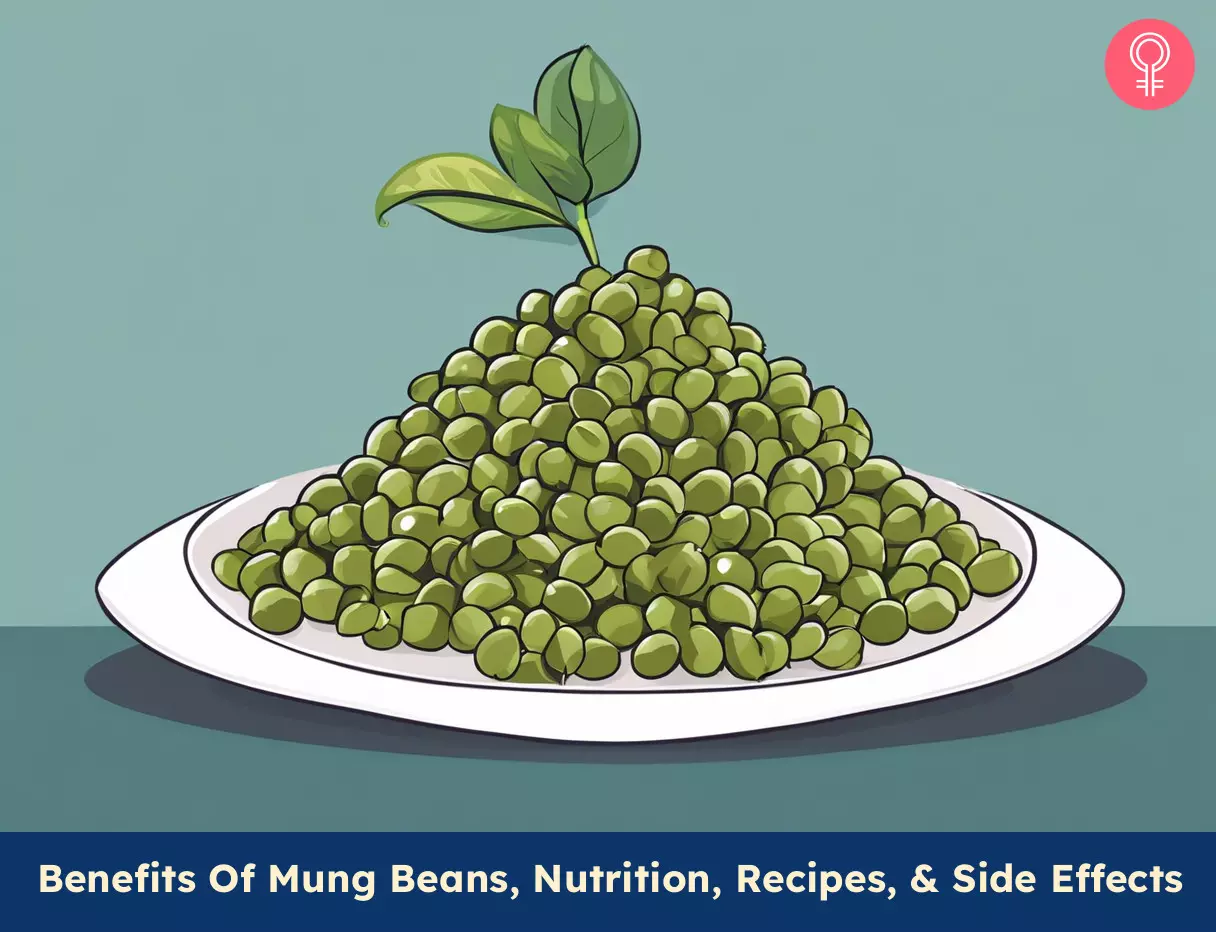
Image: Stable Diffusion/StyleCraze Design Team
References
Articles on StyleCraze are backed by verified information from peer-reviewed and academic research papers, reputed organizations, research institutions, and medical associations to ensure accuracy and relevance. Read our editorial policy to learn more.
- A review of phytochemistry, metabolite changes, and medicinal uses of the common food mung bean and its sprouts (Vigna radiata), Chemistry Central Journal, US National Library of Medicine, National Institutes of Health.
https://www.ncbi.nlm.nih.gov/pmc/articles/PMC3899625/ - Mungbean, Alternative Field Crops Manual, Center for New Crops & Plant Products, Purdue University.
https://hort.purdue.edu/newcrop/afcm/mungbean.html - Antioxidant Properties of the Mung Bean Flavonoids on Alleviating Heat Stress, PLoS ONE, US National Library of Medicine, National Institutes of Health.
https://www.ncbi.nlm.nih.gov/pmc/articles/PMC3112222/ - Cholesterol-Lowering and Liver-Protective Effects of Cooked and Germinated Mung Beans (Vigna radiata L.), Nutrients, US National Library of Medicine, National Institutes of Health.
https://www.ncbi.nlm.nih.gov/pmc/articles/PMC6073478/ - Mung Bean (Vigna radiata L.): Bioactive Polyphenols, Polysaccharides, Peptides, and Health Benefits, Nutrients, US National Library of Medicine, National Institutes of Health.
https://www.ncbi.nlm.nih.gov/pmc/articles/PMC6627095/ - Dietary mung bean protein reduces high-fat diet-induced weight gain by modulating host bile acid metabolism in a gut microbiota-dependent manner. Biochemical and Biophysical Research Communications, US National Library of Medicine, National Institutes of Health.
https://pubmed.ncbi.nlm.nih.gov/29777704/ - Antihyperglycemic Effects of Fermented and Nonfermented Mung Bean Extracts on Alloxan-Induced-Diabetic Mice, Journal of Biomedicine and Biotechnology, US National Library of Medicine, National Institutes of Health.
https://www.ncbi.nlm.nih.gov/pmc/articles/PMC3469204/ - Antidiabetic activity of Mung bean extracts in diabetic KK-Ay mice. Journal of Agricultural and Food Chemistry, US National Library of Medicine, National Institutes of Health.
https://pubmed.ncbi.nlm.nih.gov/18767859/ - Effects of Mung Bean (Vigna radiata L.) Ethanol Extracts Decrease Proinflammatory Cytokine-Induced Lipogenesis in the KK-Ay Diabetes Mouse Model, Journal of Medicinal Food, US National Library of Medicine, National Institutes of Health.
https://www.ncbi.nlm.nih.gov/pmc/articles/PMC4523062/ - People at Risk: Pregnant Women, FoodSafety.gov, U.S. Department of Health & Human Services.
https://www.foodsafety.gov/people-at-risk/pregnant-women - Dietary Mung Bean Protein Reduces Hepatic Steatosis, Fibrosis, and Inflammation in Male Mice with Diet-Induced, Nonalcoholic Fatty Liver Disease. The Journal of Nutrition, US National Library of Medicine, National Institutes of Health.
https://pubmed.ncbi.nlm.nih.gov/27903831/ - Effect of mung bean and sprouted mung bean (Vigna radiata) powder on chicken breast meat tenderness, microbial and sensory characteristics, Journal of Food Science and Technology, US National Library of Medicine, National Institutes of Health.
https://www.ncbi.nlm.nih.gov/pmc/articles/PMC4062684/ - Anti-Inflammatory and Antinociceptive Activities of Untreated, Germinated, and Fermented Mung Bean Aqueous Extract, Evidence-based Complementary and Alternative Medicine, National Institutes of Health.
https://www.ncbi.nlm.nih.gov/pmc/articles/PMC4089844/ - Chickpeas (garbanzo beans, bengal gram), mature seeds, cooked, boiled, without salt
https://fdc.nal.usda.gov/fdc-app.html#/food-details/173757/nutrients - Mung beans, mature seeds, sprouted, cooked, boiled, drained, without salt
https://fdc.nal.usda.gov/fdc-app.html#/food-details/169137/nutrients - FDA Investigated Multistate Outbreak of Salmonella Infections Linked to Sprouts, US FDA
https://public4.pagefreezer.com/content/FDA/20-02-2024T15:13/https://www.fda.gov/food/outbreaks-foodborne-illness/fda-investigated-multistate-outbreak-salmonella-infections-linked-sprouts - Lentils, raw
https://fdc.nal.usda.gov/fdc-app.html#/food-details/172420/nutrients
Read full bio of Madhu Sharma
Read full bio of Swathi Handoo
Read full bio of Ravi Teja Tadimalla
Read full bio of Payal Karnik






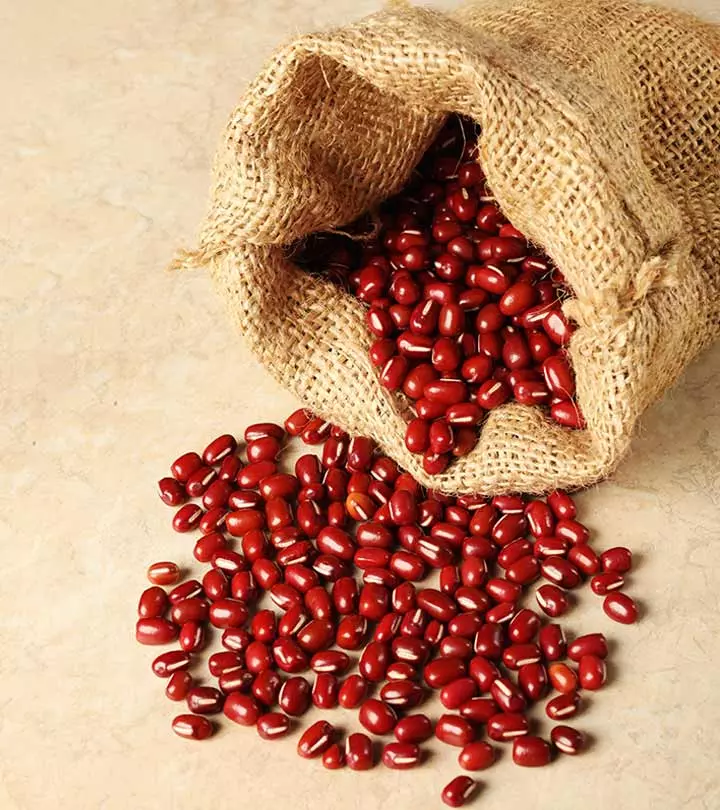


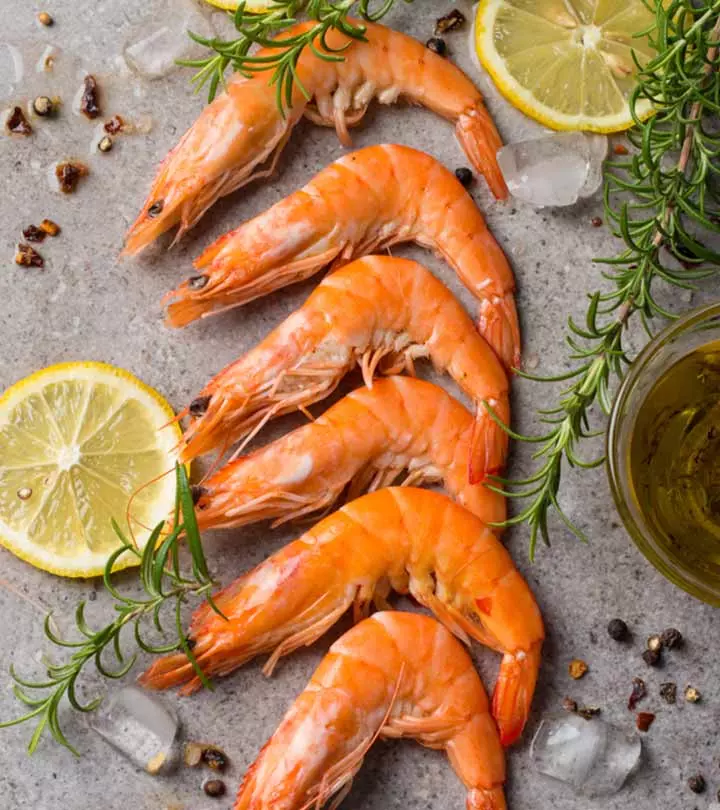
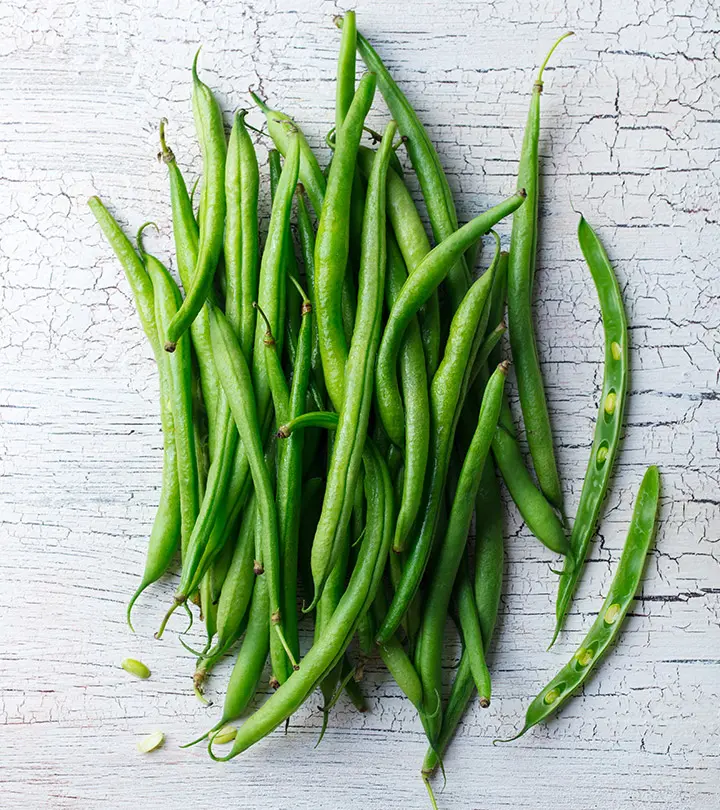
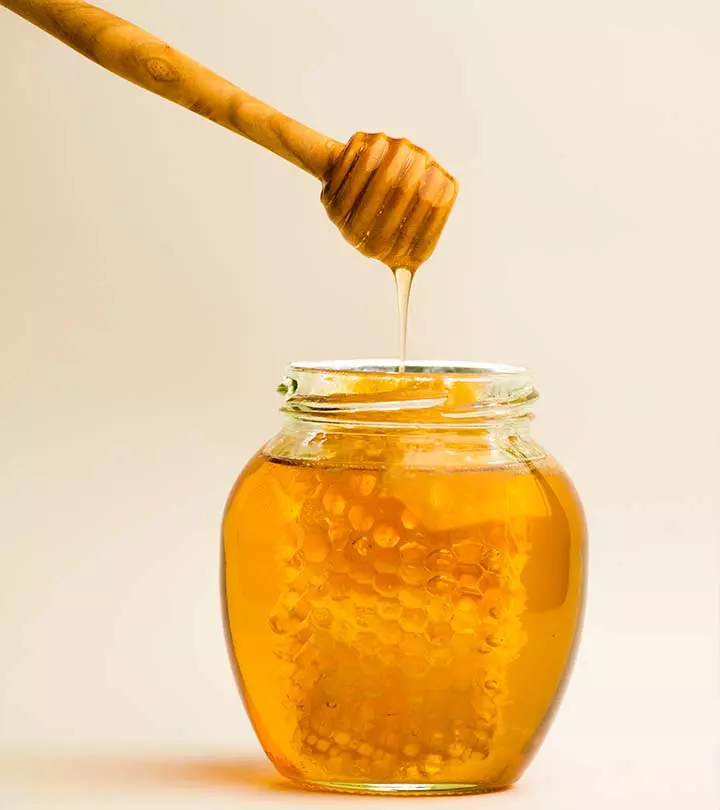
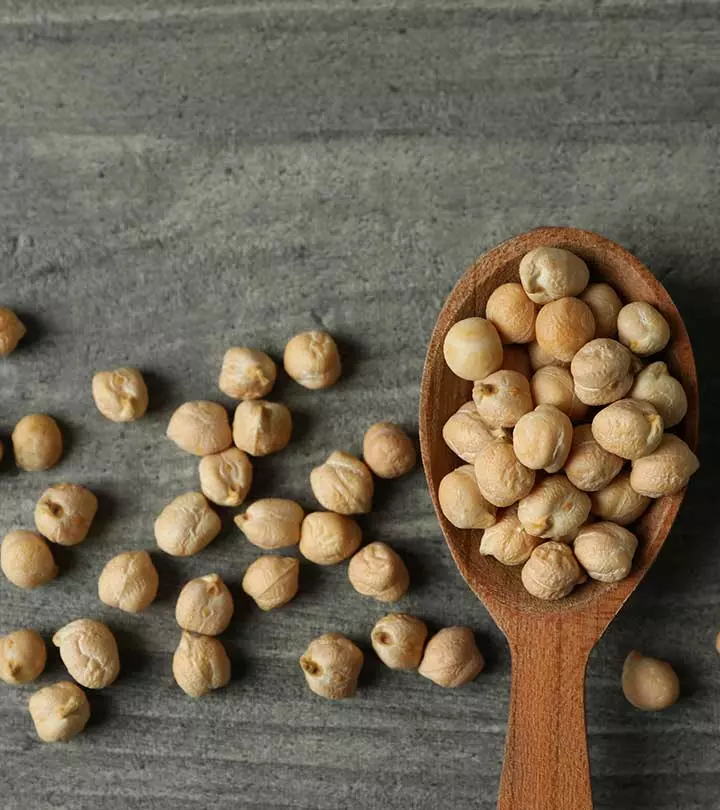

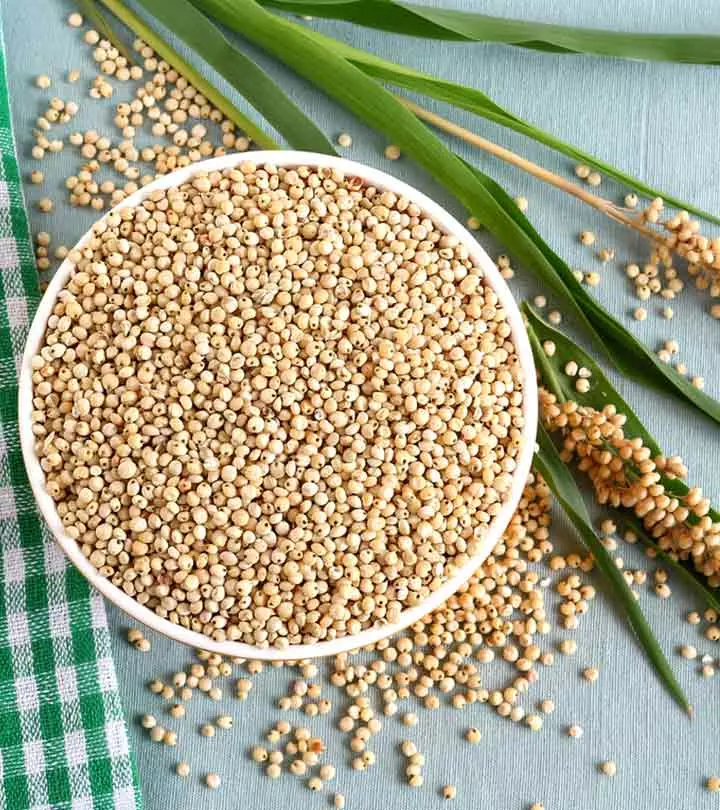
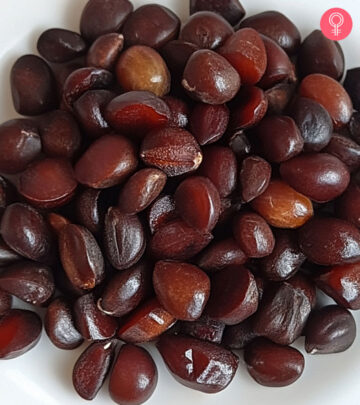
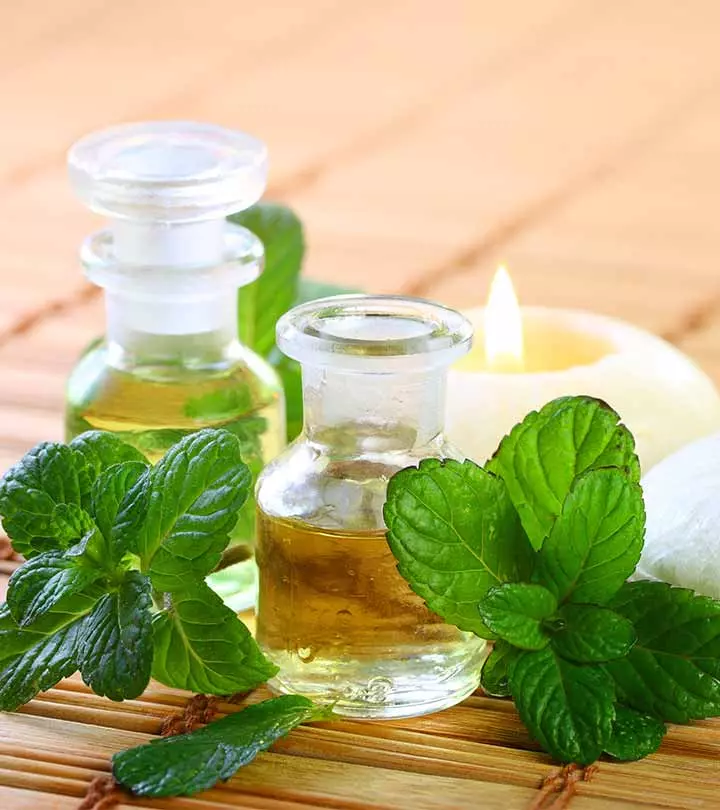


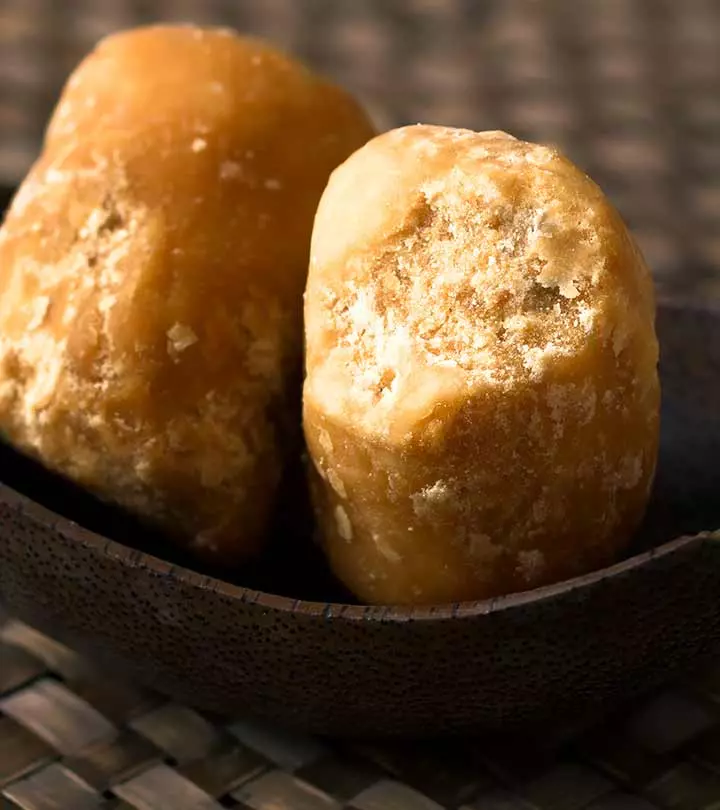
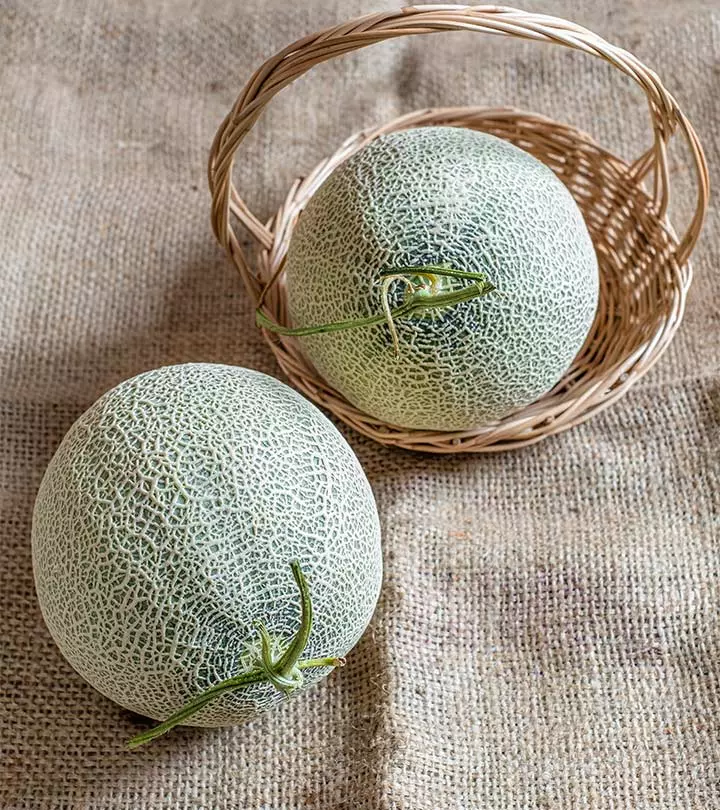
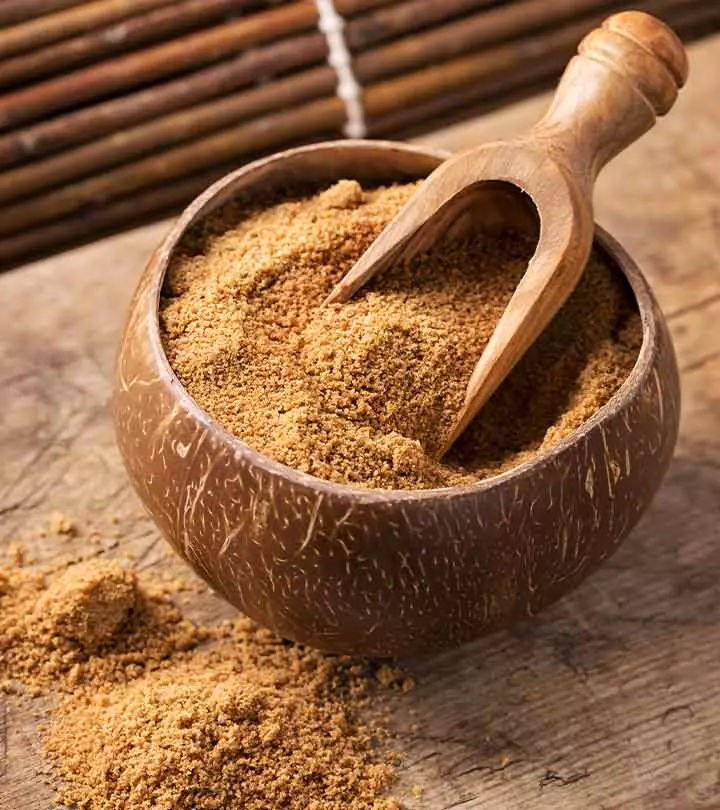
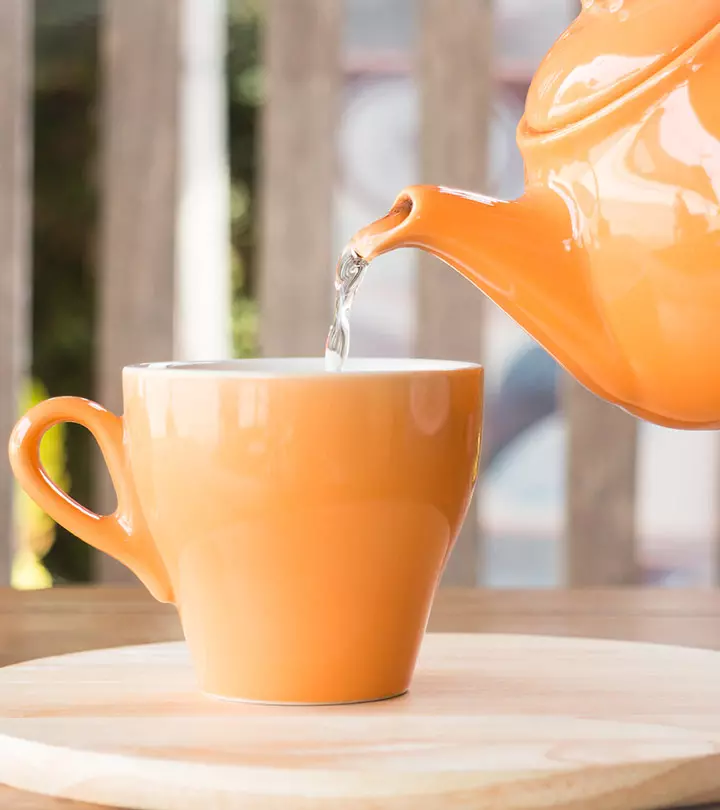

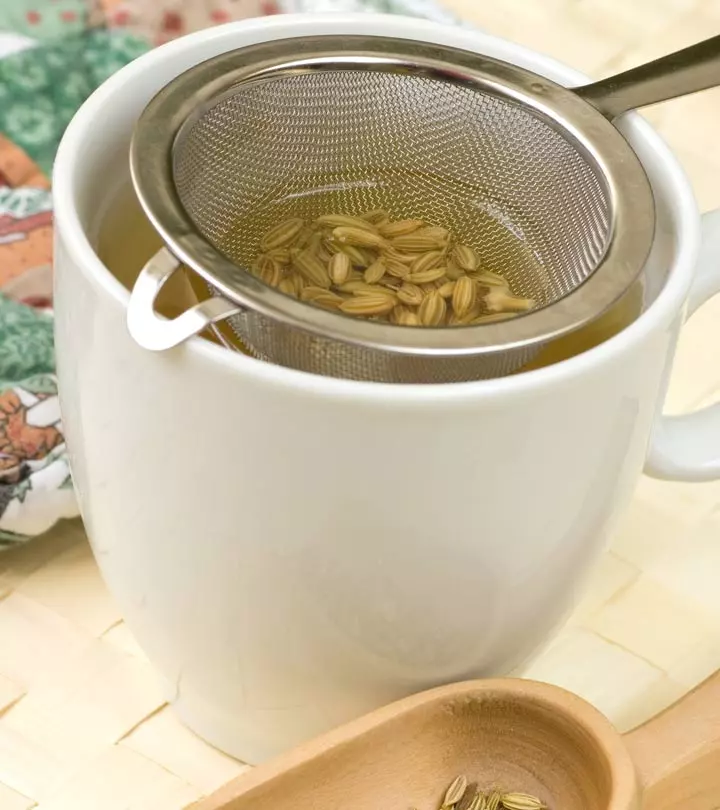
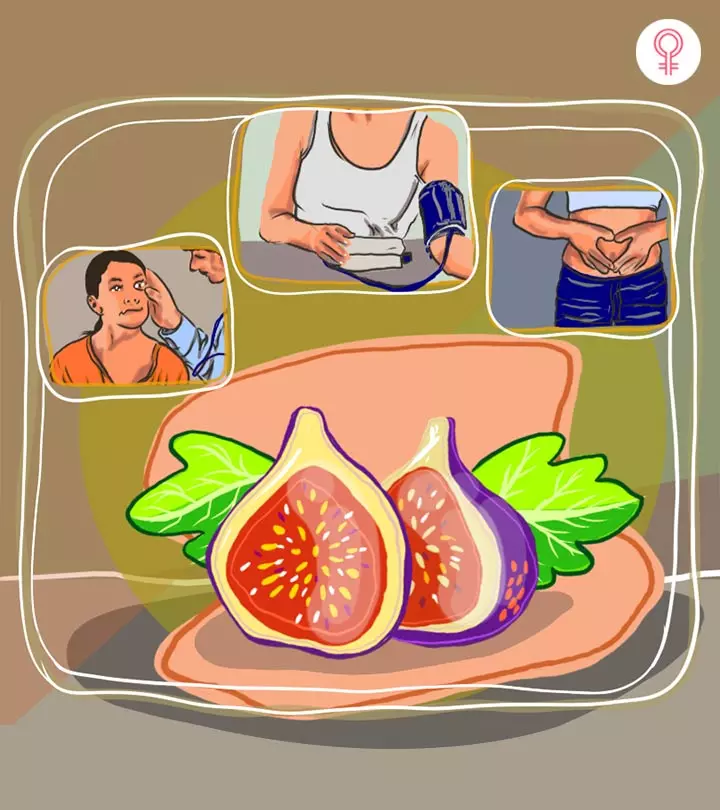
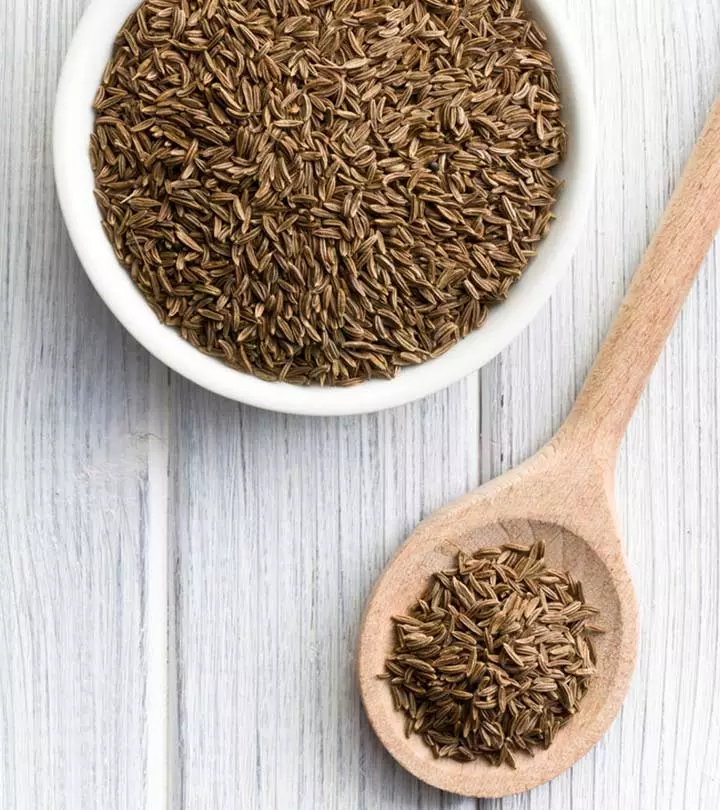
Community Experiences
Join the conversation and become a part of our empowering community! Share your stories, experiences, and insights to connect with other beauty, lifestyle, and health enthusiasts.